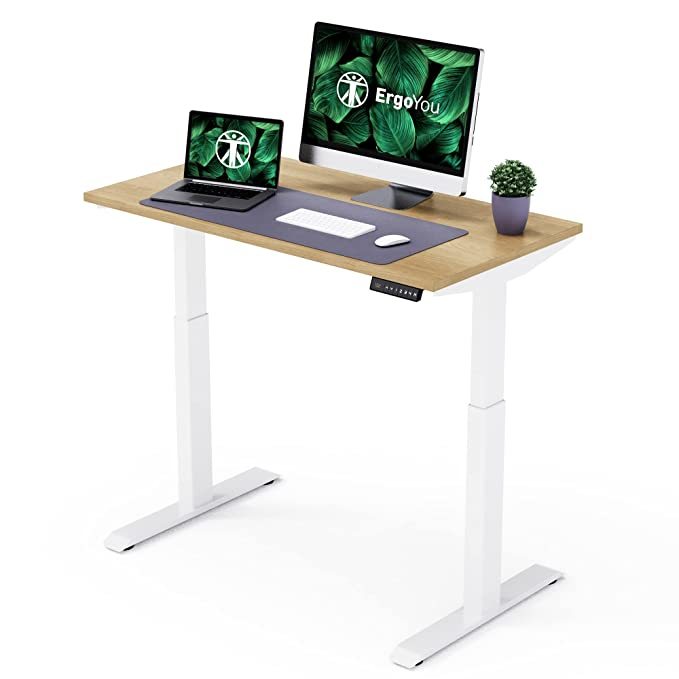Ergonomics is the study of how people interact with their work environment, and it is an important consideration in the design of office furniture. One type of office furniture that has been shown to have many ergonomic benefits is the adjustable height table.
Adjustable Height Table- Ergonomic Benefits
Adjustable height tables allow the user to easily switch between sitting and standing positions throughout the day. This can help to reduce the risk of musculoskeletal disorders, such as back pain and carpal tunnel syndrome, which are commonly associated with prolonged sitting. When a person can stand and move around more frequently, they are less likely to experience stiffness and discomfort in the lower back and shoulders. Adjustable height table also allows the user to find the optimal height for their work surface.

Adjustable Height Table
This can help to reduce strain on the neck, shoulders, and eyes, as well as improve posture. When the work surface is at the correct height, the user can maintain a neutral posture and avoid slouching or hunching over. Using an adjustable height table can also improve circulation and energy levels. When a person sits for prolonged periods of time, blood flow to the legs can be restricted, which can lead to fatigue and a decrease in energy levels. By standing more frequently, the user can improve circulation and increase their energy levels throughout the day.
Additionally, research showed that those who frequently standing desks tend to report better mood and productivity.
Adjustable height tables can also be beneficial for people with disabilities or injuries, as they can be customized to meet the individual needs of each user. Many tables have electric motors that allow for easy height adjustment, making it easy for people to find the perfect position for their needs.
What is the design of adjustable height table?
An adjustable height table typically has a mechanism that allows the user to change the height of the tabletop. This can be accomplished in several ways, such as using a manual crank or lever, or an electric motor. Some designs also allow the tabletop to be tilted or rotated. The legs or base of the table may also be adjustable, allowing the user to adjust the overall height of the table. The table top can be made of variety of materials such as wooden, glass or metal. The design also caters for different industries such as healthcare and industries.
Overall, adjustable height table can provide many ergonomic benefits for office workers. They can help to reduce the risk of musculoskeletal disorders, improve posture and circulation, increase energy levels, and provide an easier way to adapt to each person's needs.